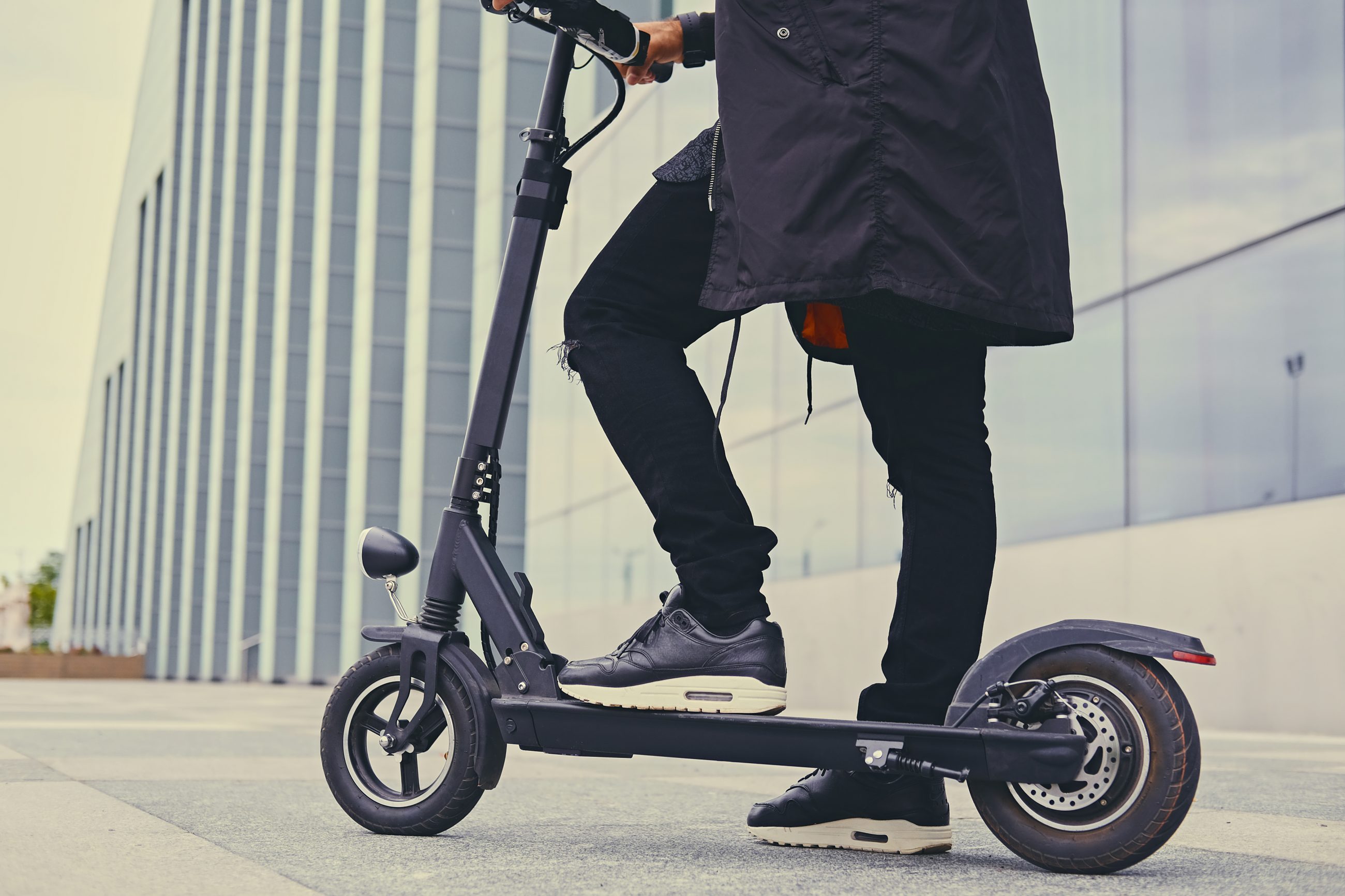What is micromobility?

The term micromobility (or micro-mobility) typically refers to small, lightweight vehicles driven directly by users, often in an urban environment. These vehicles typically operate at speeds below 25 km/h, are used for relatively short trips and utilise bike lanes or share roads with other vehicle types. The vehicles are typically either manually powered or powered by electric motors.
Micromobility vehicles
The below vehicles, whether privately owned or shared fleet vehicles, are typically classified as micromobility devices:
- bicycles
- e-bikes
- electric scooters
- electric skateboards
Benefits of Micromobility
The major benefits of micromobility have to do with these solutions replacing personal cars. This leads to less traffic congestion, less vehicle emissions and less noise pollution. These vehicles also tend to be more affordable both in terms of purchase cost and maintenance. And they are more convenient than personal vehicles, especially in urban environments, given the ease of parking and storing. These benefits along with the increased prevalence of shared bikes and scooters in major cities have made the concept a popular topic of conversation among individuals and governments.
Who are the main players in the industry?
The major players in the micromobility industry include Bird Global, Inc., Lime, Lyft, Inc., Beam Mobility Holdings, Electricfeel, Dott, Neuron Mobility, VOI, Yulu, Zagster, Floatility GmbH, E-Stralian Pty Ltd, and Hello-Bike. These companies are leading the way in developing and providing innovative solutions for micromobility.
To learn more about micromobilty and the mobility spectrum as a whole, review our mobility focused market research reports
